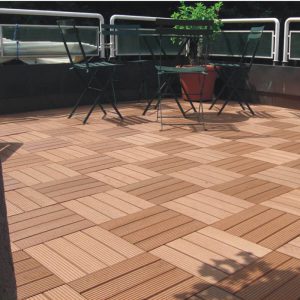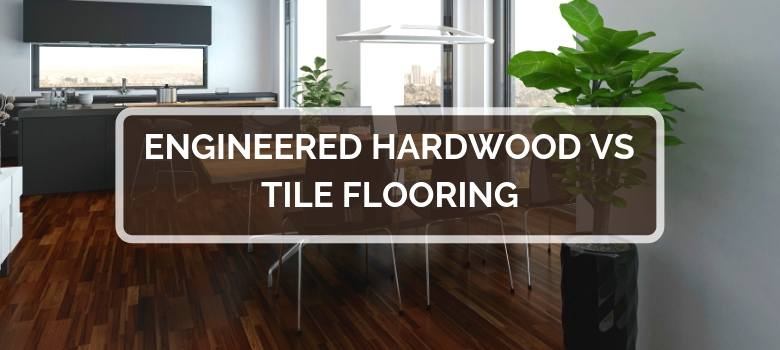Thermal Coefficients Of Hardwood Floors

B k р c.
Thermal coefficients of hardwood floors. Astm f710 provides installation guidelines for acceptance of hardwood flooring using alciumchloride testing. Few boards are entirely one or the other. C specific heat. K l length m q total heat transfer watt q heat flux w m2 r thermal resistance t temperature c or k tf builk fluid temperature c or k t surface temperature c or k u thermal transmittance vm total volume of material vp non solid volume.
Where k conductivity. Dimensional change coefficient a number that reflects how much a certain species of wood will change in width. The storage area must be clean dry and temperature controlled. Thermal properties substrate and ambient air temperatures must not exceed 85 f 29 4 c.
To better understand what this means for flooring let s imagine an area where a 48 long astm f1700 compliant lvt plank is installed. Typical limit for direct glue down wood flooring is 3lbs 1000sf 24hr. Based on the dimensional stability parameters in astm f1700 which is the solid vinyl lvt standard the maximum allowable coefficient of linear thermal expansion is 0 0000156. K coefficient of thermal conductivity w m.
Note how the higher the contact coefficient of the floor the more effective it will be at drawing heat out of the feet. These recommendations should also be followed in schools where children often play directly on the floor. The top layer of flooring is only the tip of the iceberg for flooring sound transmission. When getting readings over 3lbs and up to 7lbs you must use a vapor retarder.
If used on a higher floor in a multi story structure insulation between the floor of one room and the ceiling of the room below plays an important. Other factors include the underlayment and subfloor plus adhesives and sealants used during installation. One method of describing the influence of flooring on bare feet is by using the contact coefficient b which integrates flooring characteristics into a numerical value written as. Formula works only when wood is between 6 percent and 14 percent moisture but this is a fair range for furniture.
First determine if your board is mostly flatsawn f s or quartersawn q s.















































